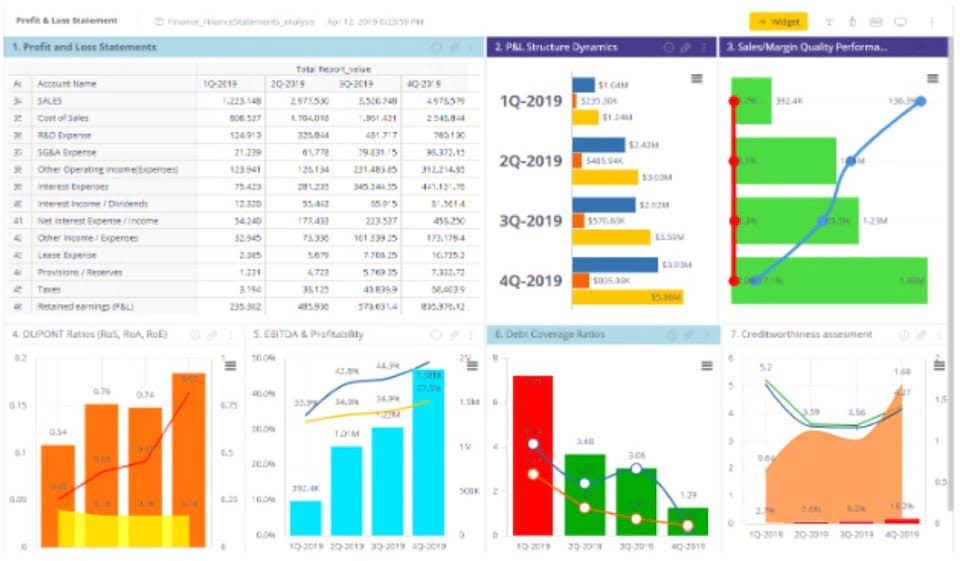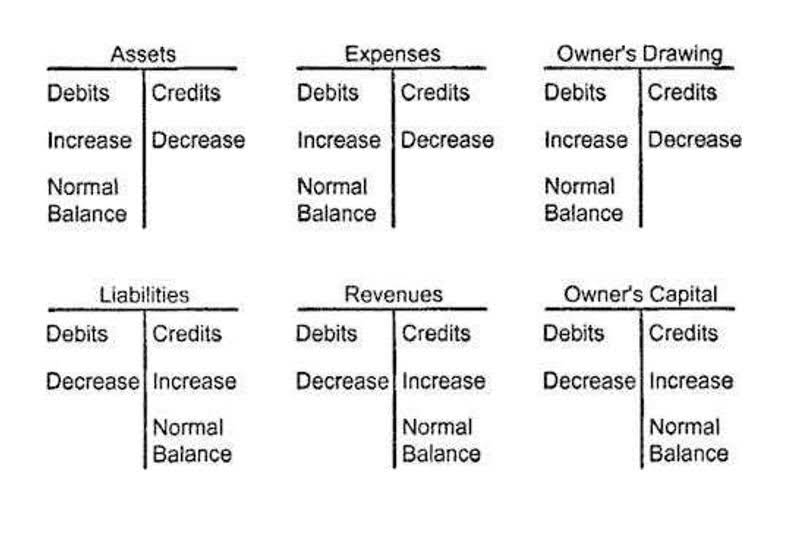
For instance, they may work 25 hours this week, 40 hours the next, and 32 hours the following week. It doesn’t matter what their actual work hours are each week, as the accrual rate will accurately determine how much PTO they’ve earned that pay period. While a 40-hour workweek is pretty standard, not every company has employees who work 40 hours per week. Some companies consider employees who work as few as 25 hours per week to be full-time and grant them PTO and vacation. If you use our calculator above, you can input your business’s actual workweek hours to get a more accurate accrual rate before you process your payroll.

How does vacation pay for hourly employees benefit a business?
- High-quality vacation tracking solutions can make PTO accrual and respective calculations even more efficient and effortless.
- The accrued vacation balance will eventually turn positive as vacation hours continue to accrue.
- Using the accrual rate and the PTO formula below, you can calculate how much PTO you will earn over a time period.
- Additionally, they’re able to create black out days, for those busy times of year where employees cannot request time off (such as the weekend before Christmas).
Contractors, while enjoying greater autonomy and potentially higher earnings, must navigate the complexities of self-employment, including managing their own benefits and tax obligations. Understanding these differences is crucial for both parties to ensure fair and effective vacation pay practices. For instance, if you accrue 3 hours of PTO per bi-weekly pay period, this means you earn 3 hours of PTO every two weeks. Since vacation accrual is maintained in Buddy Punch, employees don’t need to leave Buddy Punch to request PTO. Now that you have accurate time keeping, you’ll need to be able to set up rules based on how these employees accrue vacation time.
PTO Payout: What, When, and How It Works

A vacation accrual period refers to the timeframe over which employees accumulate vacation time that they can later use for time off from work. As for employees, most of them only check out their company’s vacation accrual policy when they’re about to vacation. Monthly PTO accruals are earned once per month, often on the last day of the month. A monthly PTO accrual period works best when your payroll is run monthly. Employees earn the right to PTO based on the hours they work in a given period of time. Or, they accrue PTO based on a period of time that they remain employed.
- Accruals for part-time employees work essentially the same as for full-time/salaried employees.
- For example, an employee who can accrue up to 80 hours (10 days) of paid vacation per year would accrue 3.08 hours of vacation biweekly, or 3.33 hours of vacation semimonthly.
- For example, for the year, your policy might grant 10 days of vacation, five sick days, five bereavement days, and three personal days.
- When tax season comes, employees receive their W-2’s, and contractors their 1099s in the Buddy Punch app.
- Suppose your employees receive 3 weeks of PTO per year, are paid once per month, and a full-time contract is 37.5 hours.
- Accrued time off is a sort of PTO policy in which employees receive paid time off depending on the number of working hours they have put in.
What is Accrued Payroll?
The distinction between employees and contractors is a significant factor in vacation pay calculation and management. Employees, who are typically on the company payroll, are often entitled to vacation pay as part of their employment benefits. This entitlement is governed by labor laws and company policies, ensuring that employees receive paid time off in accordance with their tenure and work hours. Employers are responsible for tracking accrued vacation time, withholding taxes, and ensuring compliance with relevant regulations. Imagine an employee who earns $30 an hour is left with 20 hours of unused vacation time on December 1, 2023.
Step Three: Adjust for Overtime, Part-Time, or Variable Hours
- On the other hand, a progressive leave policy gives employees more time off as they stay with the company longer.
- Three states have banned use-it-or-lose-it policies, which means that unused vacation or sick leave (or both) must roll over to the next year, or be paid out at year’s end.
- Because of this, salaried workers typically earn vacation accrual for every certain number of days worked.
- It doesn’t matter what their actual work hours are each week, as the accrual rate will accurately determine how much PTO they’ve earned that pay period.
Suppose Fred, one of your employees, has 30 hours of accrued vacation time. Your use it or lose it policy can require Fred to use up these 30 hours by the end of the first quarter of the following calendar year or forfeit the vacation time. To ensure you calculate employee PTO balances correctly, you have to apply the right accrual rate to the actual payroll processing cycle you use to pay employees.
Typically expressed in hours earned per pay period, this rate allows employees to gradually accumulate time off throughout their employment. Some companies pay out vacation upfront at the beginning of each year, while accrued vacation meaning others set PTO on an “accrual” basis, where employees earn vacation time as they work. Others don’t provide paid vacation benefits until workers continue to stay with the business anywhere from 30 days to 6 months.
- Or in case, vacation carryover is not allowed by the company’s policy, the remaining 5 days will simply expire.
- It is designed to encourage employees to take their vacation days and prevent them from accruing too many unused vacation days.
- Through her combined experiences, she uniquely understands the many different aspects of running a business.
- This system allows employees to build up their vacation time gradually, ensuring they have the opportunity to take time off while still being compensated for their work.
- This arrangement provides contractors with greater flexibility but also places the onus on them to manage their finances and time off independently.
- Then, type in the PTO you’ve used so far, the start date of accrual, and more.
Time Off and PTO

What Does Paid in Arrears Mean?


